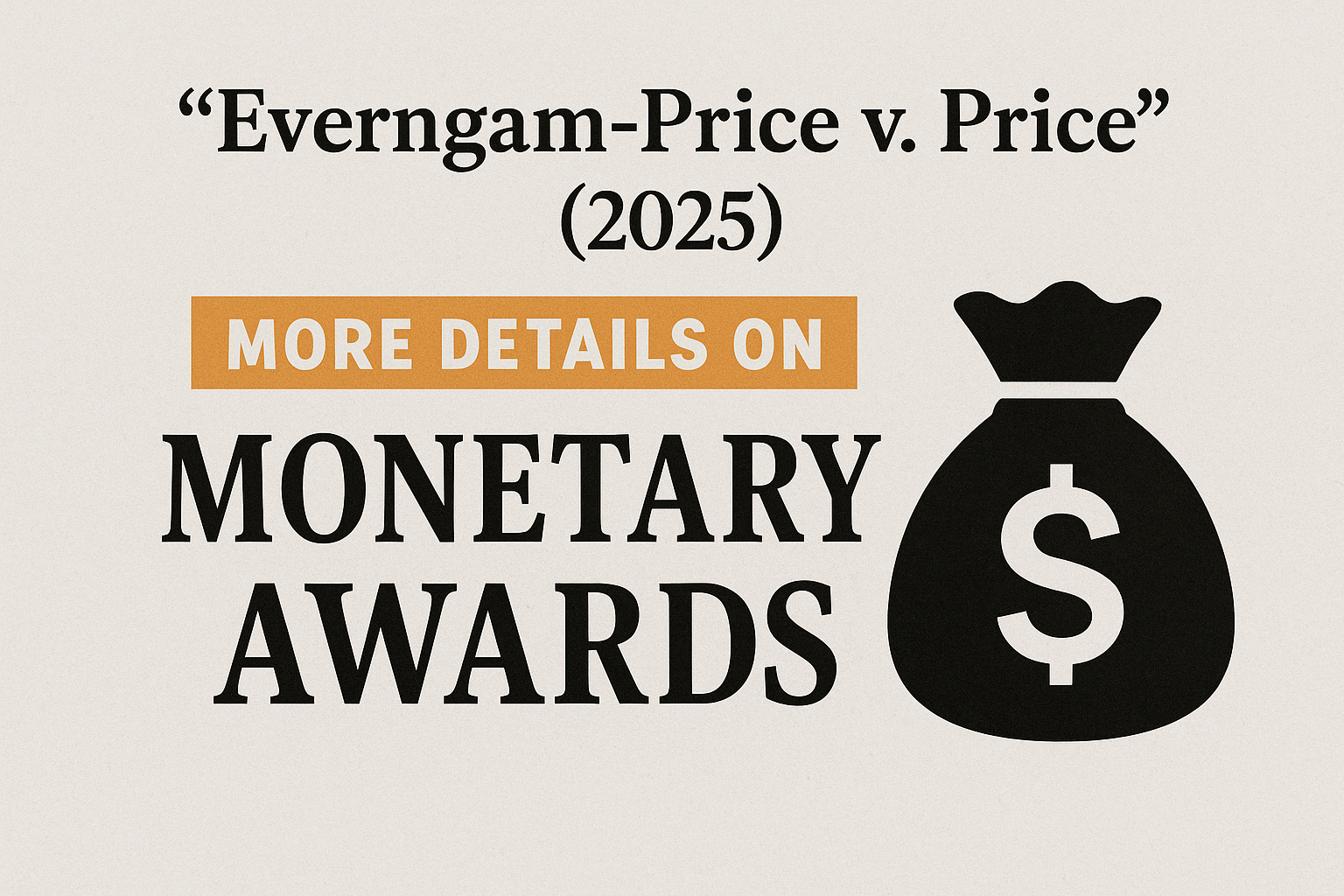Introduction: Basics of the Trustor-Trustee Relationship
As we cover estate planning in greater and greater depth, we will discuss various aspects of trusts. We have already discussed certain aspects of trusts on our blog before, but there is a great volume of information to know when it comes to these instruments. Marylanders need to be aware of the fact that trusts have the potential to confer substantial value to a person’s estate. There are many reasons as to why this is the case. One reason is because trusts give the creator of the trust, the “trustor” – also commonly known as the “settlor,” among other terms—a level of control and security with respect to how assets are used and distributed. Trusts are frequently included in wills because will creators generally prefer more control over precisely how assets are distributed to beneficiaries.
When a trustor produces a trust, the trustor must select and identify a person to oversee and manage the trust. This trust management includes carrying out the predetermined course regarding trust assets. This trust manager is known as the “trustee,” and trustees have a specific relationship with trustors known as a “fiduciary” relationship.
Overview of the Fiduciary Obligations of Trustees
The fiduciary relationship between the trustor and trustee means that the trustee is required to act reasonably in fulfilling the instructions of the trust. Trustors deposit assets into trusts, and then attach instructions regarding how trust assets are allowed to be delivered and used. Trust assets can be controlled in many ways: some trustors want to predetermine how assets will be distributed to beneficiaries (i.e. frequency of distribution, age restrictions, etc.), and also how trust assets will be used. A trust document can quite literally impose limitations on the use of trust assets; a trustor can restrict trust assets to educational purposes, as an example.
The trustee has a fiduciary obligation to follow the instructions outlined in the trust document. This means that the trustee has a burden to act “reasonably” when carrying out the instructions. The fiduciary relationship between trustor and trustee can be conceived as a contractual relationship: if the trustee fails to act reasonably in carrying out the wishes of the trustor, then the trustee can be seen as having “breached” his or her contractually imposed obligations.
Potential Consequences for Violating Fiduciary Obligations
Given the seriousness of the fiduciary relationship between the trust parties, we shouldn’t be surprised to learn that violating fiduciary obligations can lead to substantial negative consequences. Just as when a party breaches an obligation within a contractual agreement, a trustee who violates the fiduciary relationship may need to make the trustor “whole” as a means of restitution. If, for instance, a trustee is obligated to ensure that trust assets are used for post-secondary education, and the beneficiary ends up using trust assets on something else, the trustee can be held liable for these “wasted funds.” Trustees who commit fiduciary violations can be slapped with various other consequences, including removal from the appointment, and even criminal charges (depending on the details of the situation).
Contact the Murphy Law Firm for More Resources
Readers who want more information on the fiduciary obligations of trustees, trusts in general, or other related estate planning topics, contact one of the estate planning attorneys at the Murphy Law Firm today by calling 240-219-5243.







.webp)




.png)

.png)

.png)
.png)
.png)

